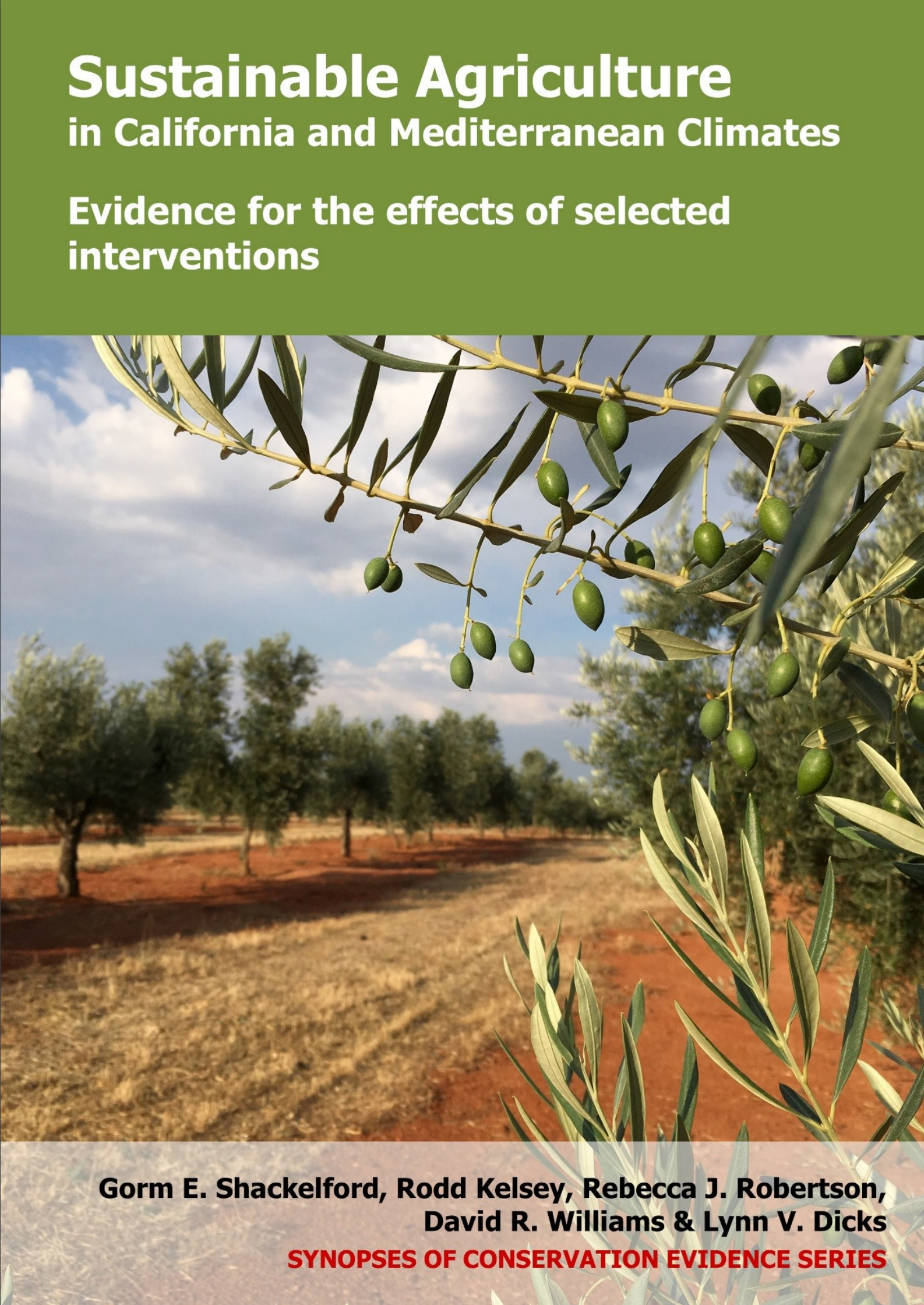Pollination: Plant or maintain ground cover in orchards or vineyards
-
Overall effectiveness category Unknown effectiveness (limited evidence)
-
Number of studies: 1
View assessment score
Hide assessment score
How is the evidence assessed?
-
Effectiveness
50% -
Certainty
10% -
Harms
0%
Study locations
Supporting evidence from individual studies
A replicated site comparison in 2001 in olive orchards on the island of Lesvos, Greece, found more bee species and more deposited pollen grains in managed orchards (with tilled soils and ground cover dominated by annual plants), compared to unmanaged orchards (without tilled soils, and with ground cover dominated by perennial plants). Implementation options: More pollen grains were found on Cistus salvifolius in managed orchards, compared to abandoned orchards (38 vs 27 grains/stigma), but similar numbers of pollen grains were found on Asphodelus ramosus (33 vs 30 grains/stigma). More bee species were found in managed orchards, compared to abandoned orchards (19 vs 13 species/site), but similar numbers of individuals were found (231 vs 122 individuals/site). Methods: Three managed orchards were compared to three abandoned orchards (1 ha each). Bees were surveyed three times/site in March–May (three transects/site, 20 minutes/transect). Pollen grains were counted on 100 plants from each of two wildflower species (Asphodelus ramosus, a tall, perennial herb, and Cistus salvifolius, an evergreen shrub, both with large white flowers), which were collected after each bee survey.
Study and other actions tested
Where has this evidence come from?
List of journals searched by synopsis
All the journals searched for all synopses
This Action forms part of the Action Synopsis:
Mediterranean Farmland
Mediterranean Farmland - Published 2017
Mediterranean Farmland synopsis





)_2023.JPG)














